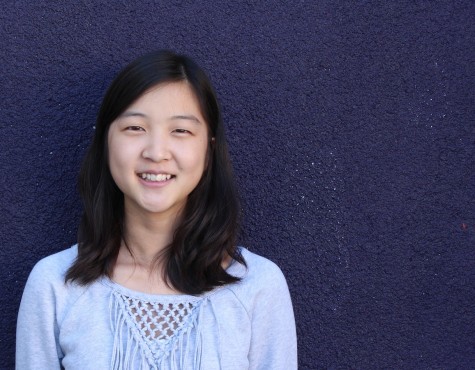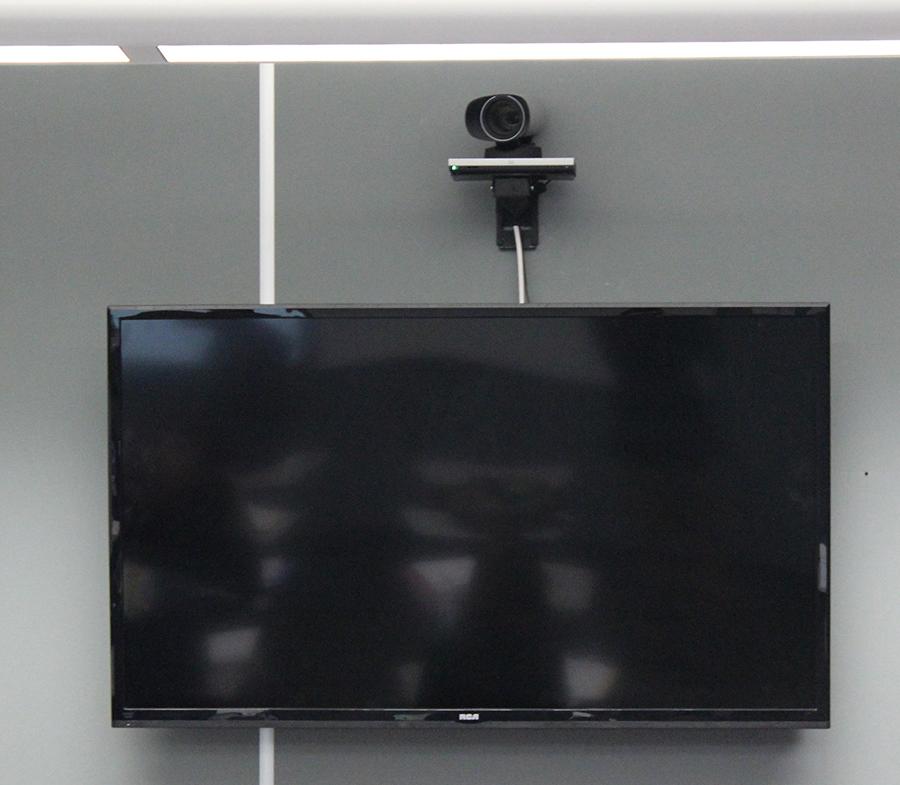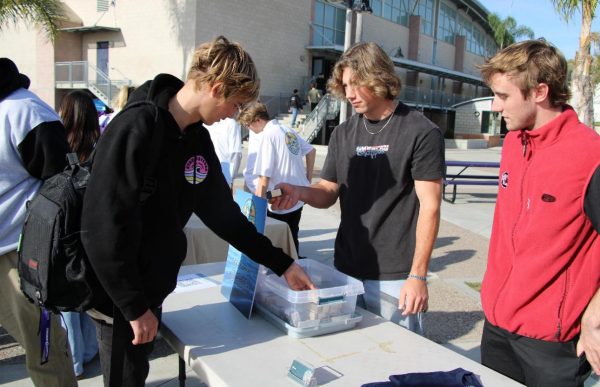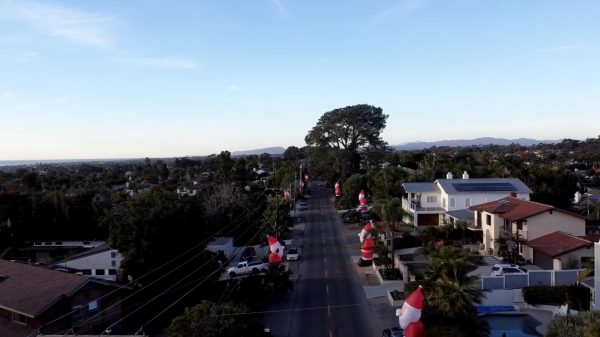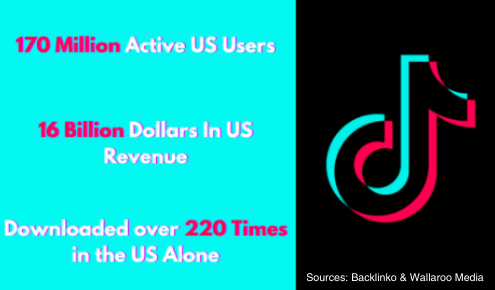Telepresence presents new mode of teaching
New gear in Mr. Rosen’s room brings the opportunity of long-distance teaching just a little bit closer. Gear like this may soon start letting teachers from Carlsbad teach a class at Sage Creek in the comfort of their very own CHS classroom.
A class with 80 students? Impossible.
Yet, such an idea can only be inspired with the scintilla of possibility–and Telepresence, the technology that makes one feel like one is present at a location where one is not, opens a window to a new mode of teaching.
“Telepresence is a videoconferencing system that allows for a number of different functions,” Assistant Superintendent of Instructional Services Robert Nye said. “Your ordinary web conferencing is usually conducted on your desktop and done through a static camera on your computer. In a Telepresence conference, you are no longer static. You are able to use multiple cameras as well peripheral devices, such as document cameras and the Smart Boards.”
Funded by Prop P and part of an upgrade that costed about $1.1 million, Telepresence offers many opportunities, such as setting up virtual field trips, aiding staff training and creating online classes.
On a scale particular to Carlsbad High School, it could provide the opportunity to coordinate classes with Sage Creek High School. A video camera would be streaming the live lesson to the second site, and at the same time, a video of the class at the second site would be projected in the classroom of the first site, enabling the teacher to monitor all students. Currently, Telepresence offers pragmatic solutions to dilemmas, such as the lack of advance courses at Sage Creek High School.
“I teach the Calculus 3 class,” Mr. Rosen said. “When the Sage Creek students start asking for the Calculus 3 class as well, I was wondering what was going to happen to me. Do I go over there for one period? Do I shift over there while CHS doesn’t have the class? I don’t know. Telepresence maybe will offer an answer to these questions.”
However, the fact that Sage Creek runs on a tri-semester system and Carlsbad on semester makes coordinating lessons challenging. And while this technology is resourceful and versatile, Telepresence does take away from the traditional learning environment.
“I like it in the sense that it’s convenient,” senior Alec Smith said. “However, I don’t like it because you miss that personal dynamic between the teacher and student.”
While Telepresence discourages personal communication, another form of interaction could make up for this disadvantage.
“As far as the concern that it gives no personal interaction, that’s right,” Mr. Rosen said. “But Telepresence definitely adds another layer of interaction in an online environment. With Telepresence, if a student had a webcam at home, and I’ve got this set-up in the classroom, I can actually interact with them live. I’m teaching live; they’re interacting live, raising their hands and asking questions. They’re still getting personal interaction that a traditional online class would not offer.”
As for now, solid dates for implementation and the effects of this video technology are yet to be decided and tested out respectively. Considering that fact that the teachers will need training to use this device, Nye states it would probably not be used on a regular basis until the next school year.
“I don’t know how it will impact my day-to-day teaching,” Mr. Rosen said. “I’m looking forward to trying it out and seeing what options it opens up for both me and the other teachers.”
Your donation will support the student journalists of Carlsbad High School. Your contribution will allow us to purchase equipment and cover our annual website hosting costs.
